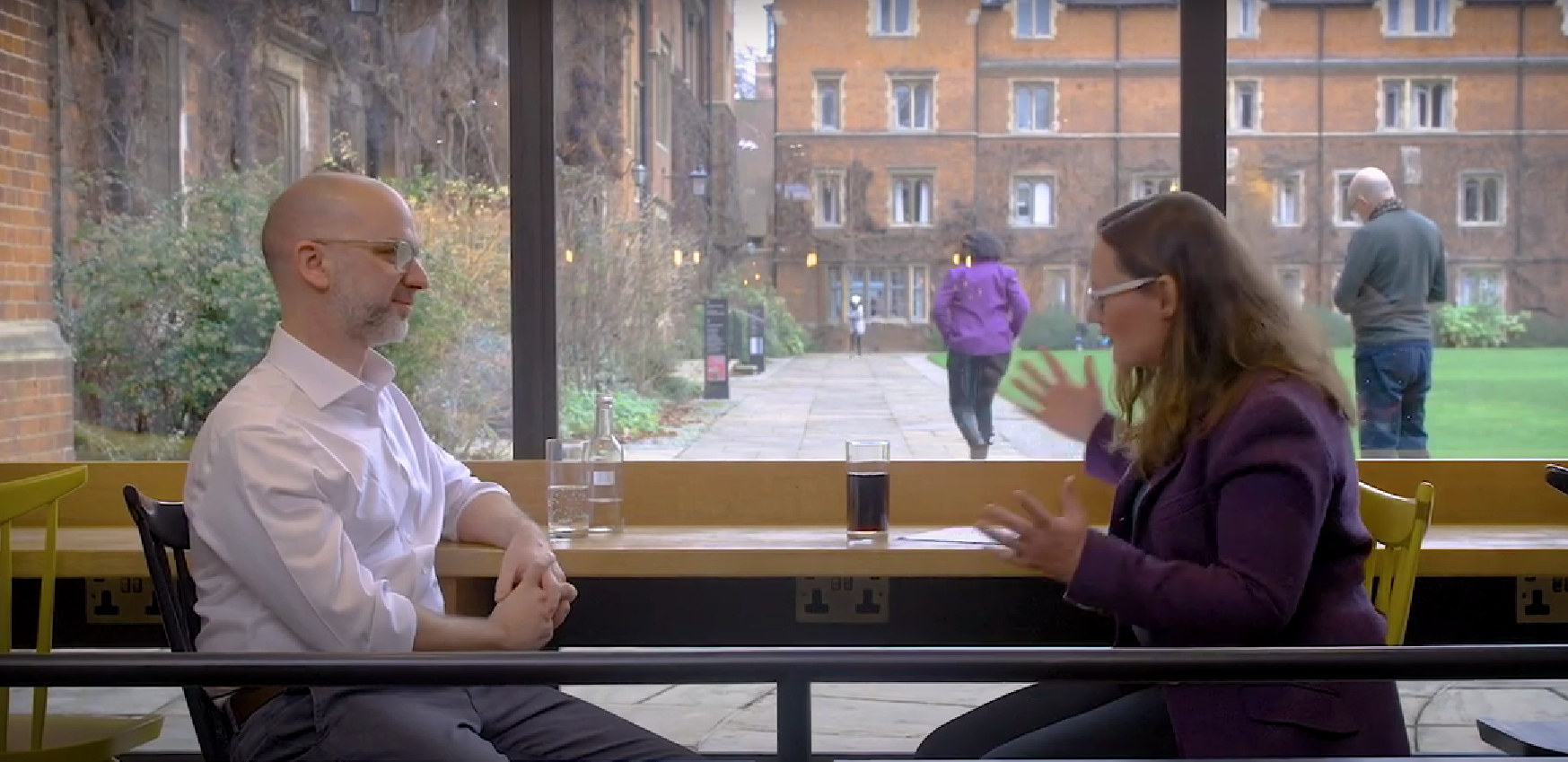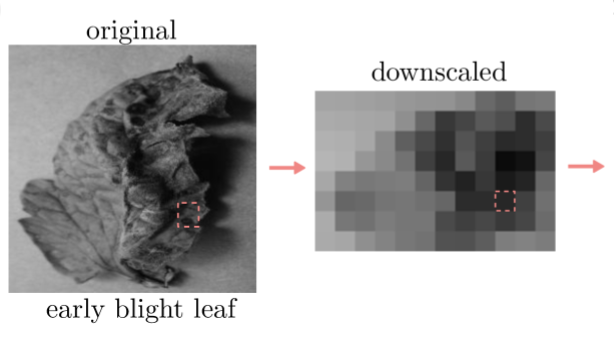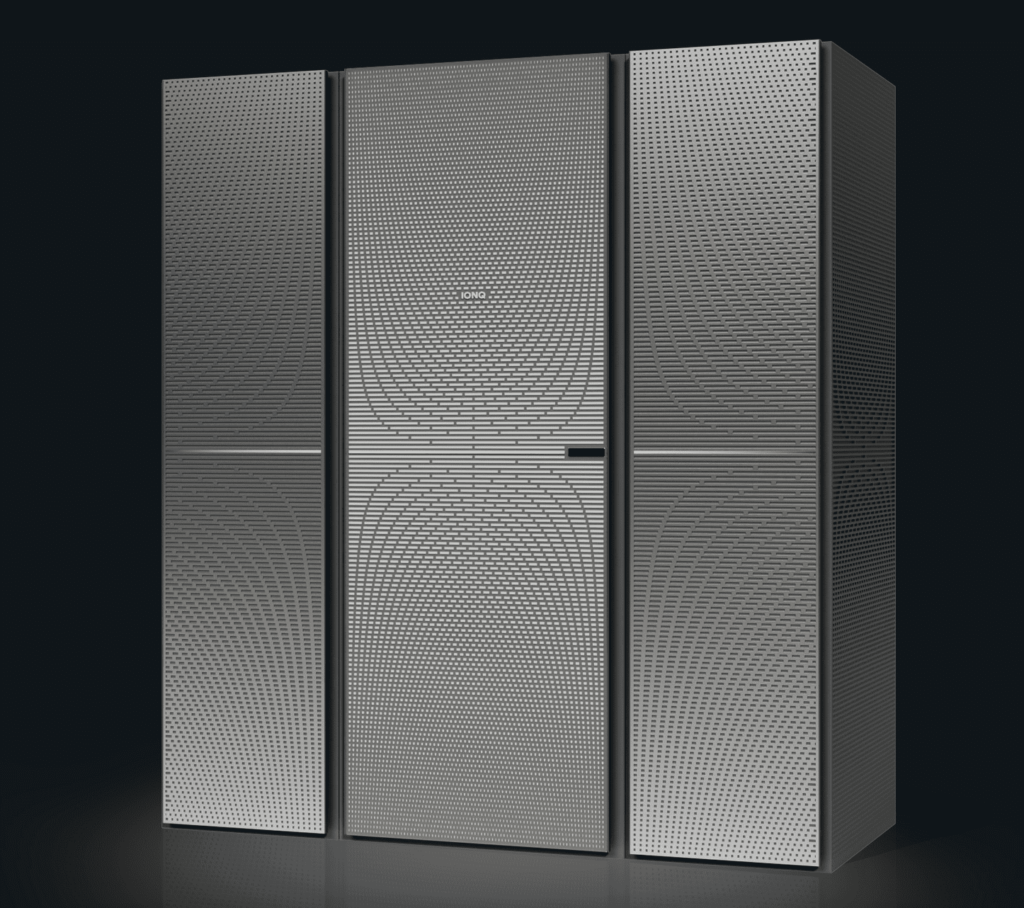As quantum computing inches closer towards practicality, the field is abuzz with anticipation and significant milestones. One company at the forefront of these developments is Riverlane, which has recently secured two United States patents tackling the challenge of engineering energy-efficient quantum machines. Additionally, Riverlane, Rolls-Royce, and Xanadu have been awarded over £400,000 in grant funding from Innovate UK to accelerate quantum applications for modeling jet engine airflow.
At the center of Riverlane’s efforts is a focus on quantum error correction, a critical component for realizing the full potential of quantum computers. In a conversation with Rosemary Francis, Chief Scientist of HPC at Altair, Steve Brierley, Founder and CEO of Riverlane, shared insights into this pivotal area.
Brierley explained the necessity of error correction.
“To build a quantum computer there are lots of different types of qubit,” he began. “We don’t yet know what’s the equivalent transistor of quantum computing. So people are exploring different qubit types and there are lots of great companies and research labs doing that. And we sit on top of the qubits to correct errors during the computation.”
He further elaborated on the fragility of qubits and the challenges posed by noise.

“The best quantum computers in the world can currently do around a 100 operations before the noise in the system just starts to take over and then the computation effectively becomes just random noise,” he said. “To do something useful with a quantum computer we need to get to millions and trillions of operations and so that gap is bridged by adding active error correction.”
Brierley likened Riverlane’s approach to error correction in classical computing, stating: “In your SSD card so that’s built out of faulty components, error-prone components and then there’s this active layer of error correction running all the time that’s moving data around so that the user of the system just sees read write instructions the computer doesn’t really care like what’s happening underneath. So the same kind of thing is what we’re building in in quantum computing.”
Discussing the progress in quantum error correction, Brierley called attention to “Moore’s law”, with a doubling in the fidelity of two-qubit gates every 12 to 18 months. He expressed excitement about the prospects of achieving a million quantum operations without a single fault within the next three years, thanks to the integration of error correction.
While quantum computing holds immense promise, Brierley acknowledged the continued importance of high-performance computing (HPC) and the need for a diverse set of skills.
“We’re definitely going to continue to need HPC and these other types of computes, it’s just there’s a very particular set of problems that quantum computers are really good at,” he said, envisioning a future where quantum and classical computing work in tandem.
As the quantum revolution gathers momentum, Riverlane’s pioneering work in error correction positions the company as a key player in unlocking the full potential of this transformative technology.
Featured image: Credit: Riverlane




















